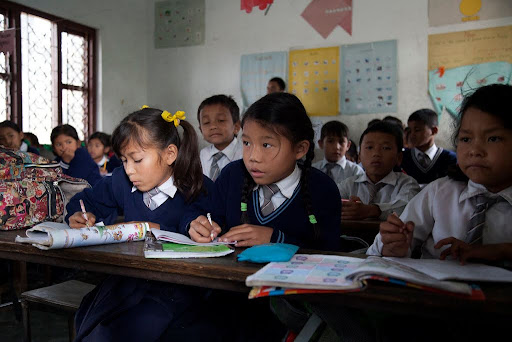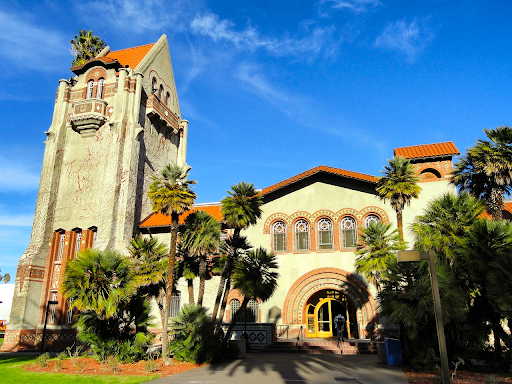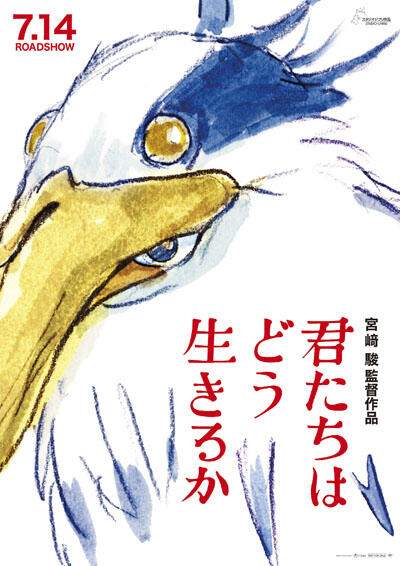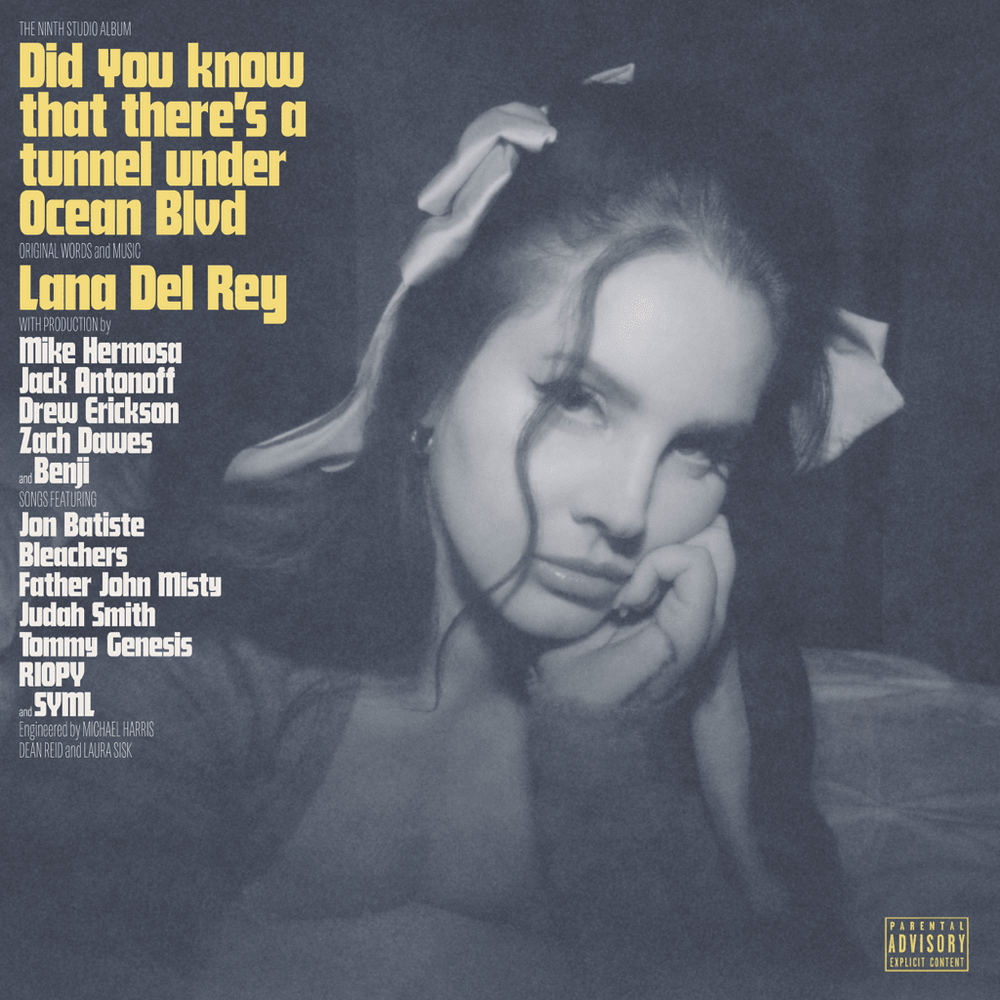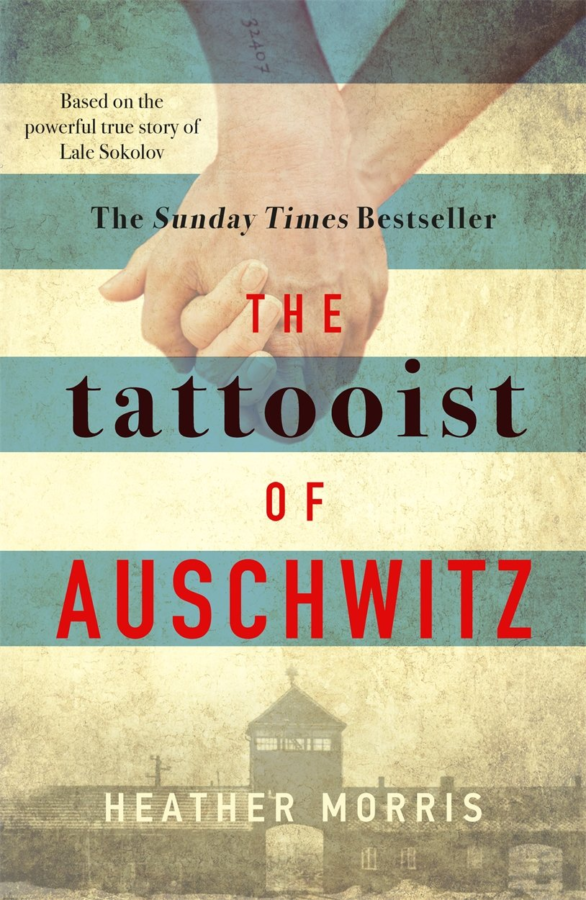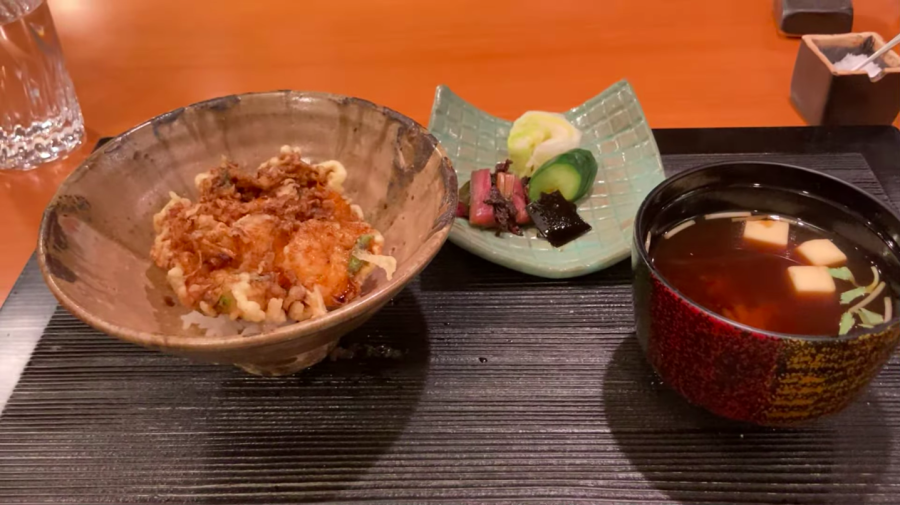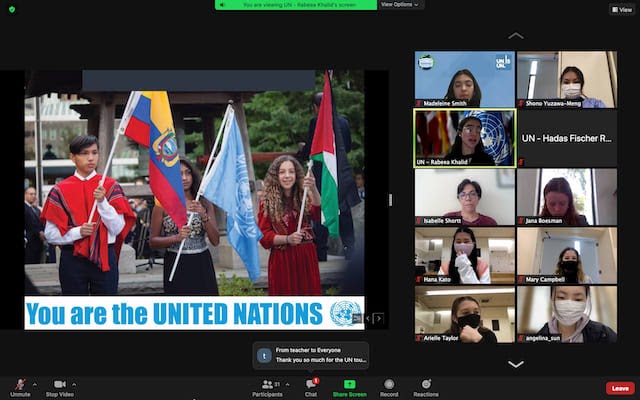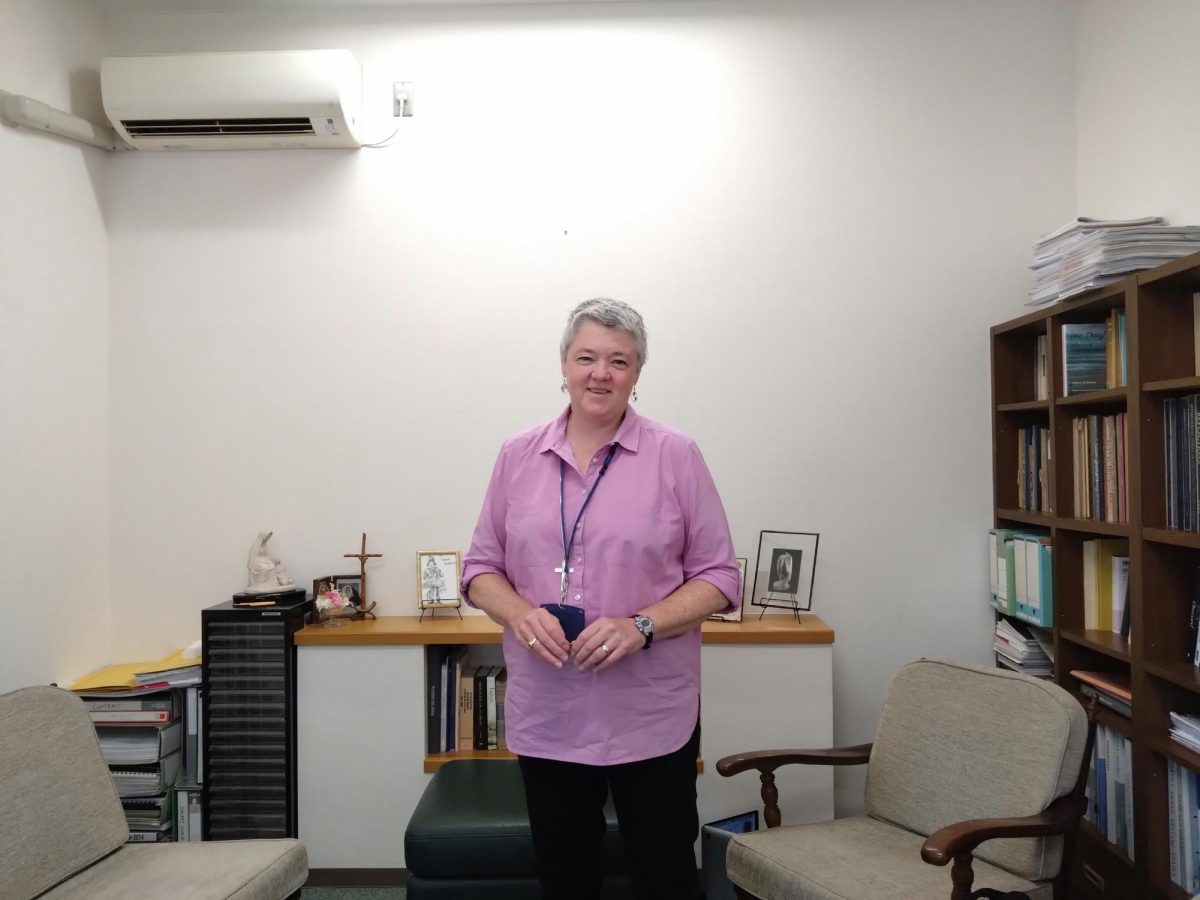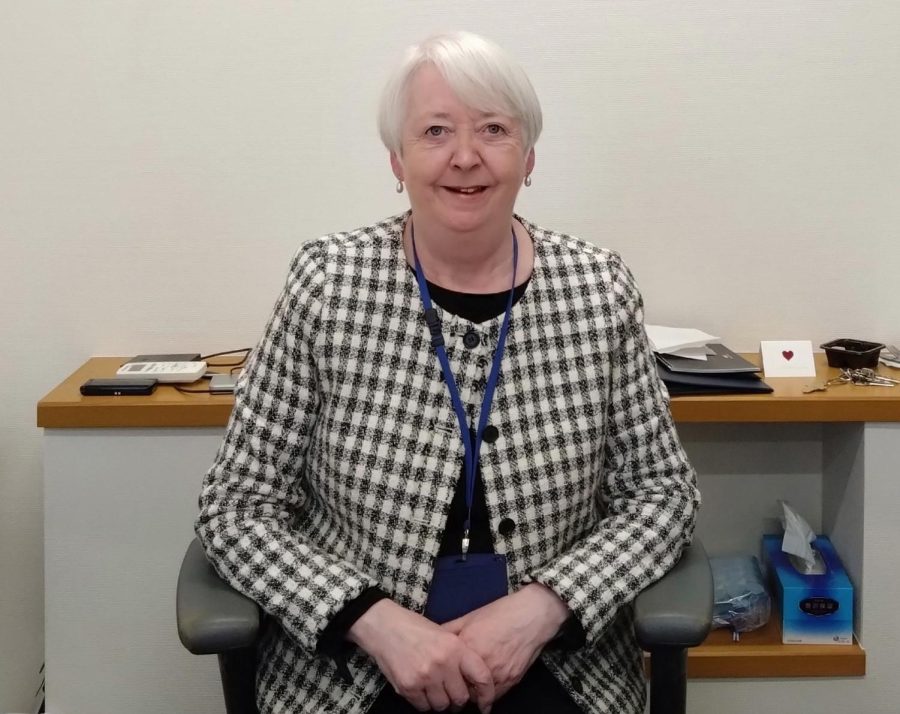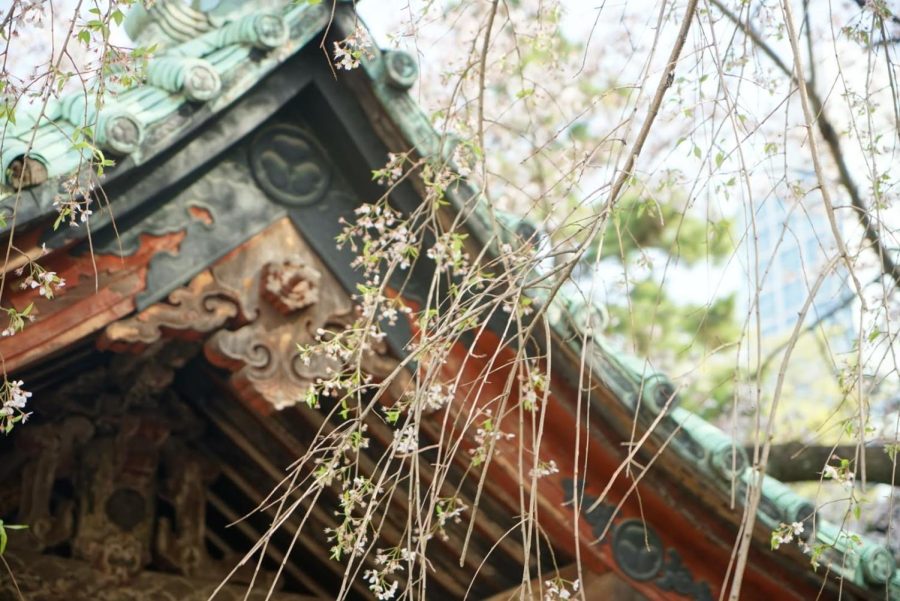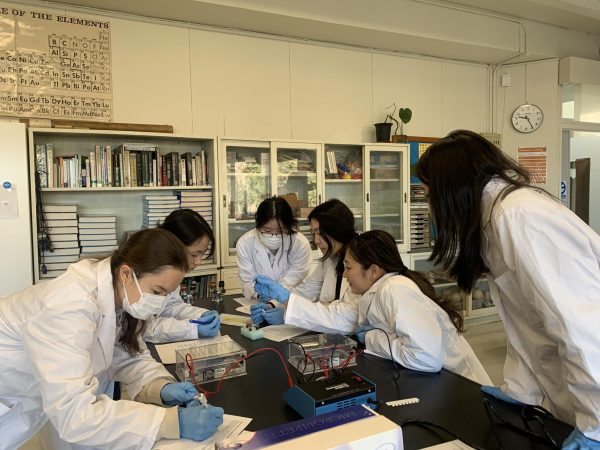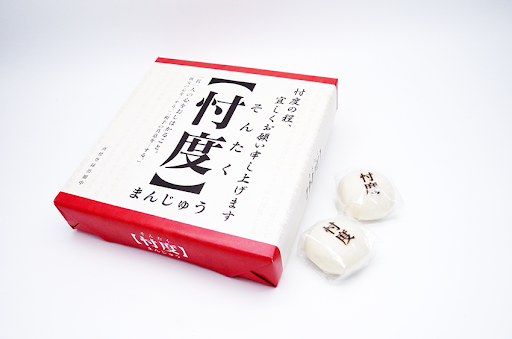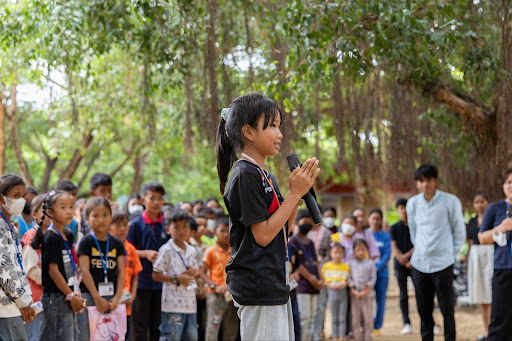Kick-starting post-pandemic tourism in Japan
Japan is one of the most visited tourist destinations in the world. In The World Tourism Ranking 2019 data compiled by the United Nations World Tourism Organization, Japan is ranked third as the most visited country in the Asia-Pacific region, with approximately 31.9 million visitors yearly.
Amongst these visitors coming into Japan, 77% come from East Asian countries such as China, South Korea, and Taiwan. Japan Tourism statistics, provided by the Japan National Tourism Organization, stated that in 2019 almost 30% of Japan’s total visitors came from China. Yet, after the global pandemic, the number of Chinese tourists drastically declined, especially after China conducted a strict lockdown policy. As of 2023, tourists from South Korea have risen to the top of the list, with South Koreans making up one-third of Japan’s tourist population.
Many predict that there are higher prospects for Japan to welcome more tourists in the years to come, especially because there are countless factors that make Japan an attractive destination for traveling,
Kayla L. and Eloise A. —two recent arrivals in Japan—were asked what their first impressions of Japan were. Kayla L. said that she was very surprised that Japan was so clean and that there were convenience stores everywhere. Eloise A. answered that the subways of Japan were very advanced, and that, “It’s interesting to see how fashion is very distinct within different areas of Tokyo.”
Tourists and newcomers are often captivated by the numerous aspects of Japanese culture. What attracts foreigners to Japanese food is the taste, but also the healthiness. An online article published by The Japan Times shines the spotlight on the rising popularity of Japanese cuisine, otherwise known as “washoku.” Washoku’s foundation mainly consists of fermented ingredients such as miso and soy-sauce. These foods enhance the production of bacteria and vitamins in our bodies, which could be why Japan’s life expectancy is so high. A new food experience with the benefit of a healthy diet is the key to washoku and its popularity.
Another major worldwide cultural influence is the Japanese manga and anime franchise. “Naruto,” “One Piece,” “Dragon Ball,” and “Doraemon” are some of the highest-grossing media franchises of all time. In recent years, the popularity of “Demon Slayer” has taken a sharp rise in Japan and Western countries, and the Japanese anime-film originating from the manga ranked first as the highest-grossing movie in 2020.
The Japanese government has been working to promote Japan’s national cultures in order to increase the influence of Japan’s soft power in global terms, and as a result expand the country’s inbound tourism. There have been multiple setbacks in Japan’s promotion strategies in the past, however, such as the “Cool Japan” project, which racked up deficits of almost 40 billion yen years after its launch.
As the government was beginning to be anxious about their unsuccessful promotion strategies, a hopeful opportunity arose in 2013 —Japan successfully won its bid to host the 2020 Olympic and Paralympic Games in Tokyo. Everyone rejoiced as Tokyo was chosen to be the games’ host city for the first time in 56 years, ever since the Tokyo Olympics in 1964. The success story of the 1964 games is well known, as the renovation of transportation and the construction of the first Shinkansen expanded the flow of incoming tourists. Profits rose to more than 7 trillion yen following the year of the Olympic Games.
Similar to the 1964 Summer Olympics, Japan hoped to see an influx of tourists with the opening of the 2020 Summer Olympics in Tokyo. In an interview conducted by the TIME, economist Takehide Kiuchi reported that the Tokyo city government anticipated an increase in inbound demand due to many international spectators coming into Japan.
Nevertheless, plans and expectations were shattered, as the World Health Organization (WHO) declared a global pandemic in March 2020. With the COVID-19 virus spreading rapidly, the Japanese government postponed the games until 2021. The final blow was, however, the government and the International Olympic Committee’s (IOC) deciding to ban all spectators from the Tokyo Olympics and Paralympics as an additional precautionary measure. This decision meant that there would be no tourists coming into Japan to increase the country’s economic profits.
To restore travel industries and companies that had suffered from economic losses, the Japanese government aimed to focus on domestic tourism through the promotion of “GoTo campaigns” including “GoTo Travel” and “GoTo Eat.” These campaigns, starting in 2020, covered travel costs and issued discount coupons, which made traveling or eating out more accessible to those who wanted to do so.
According to the Japan Tourism Agency, the campaign generated approximately 3.6 trillion yen in travel spending and supported the employment of approximately 1.2 million people in the tourism industry from July to December 2020. Although the “GoTo campaigns” were canceled due to concerns about travelers spreading the virus, the campaigns were largely advertised over a short period of time and contributed to revitalizing local tourism within Japanese communities.
Not only did the “GoTo campaigns” encourage the increase of domestic tourism, but it also kick-started the international promotion of Japanese culture. As Japan has finally begun to open up its borders after three years of restrictions, policies on domestic travel were eased in the spring of 2022. With hopes of an increased flow of visitors, an executive of the Japanese National Tourism Organization stated that the goal for Japan is to attract 60 million travelers annually by 2030. Many, including the tourism industries which have been heavily affected by the pandemic, are highly anticipating a restart in inbound tourism.

(tokyotokyo.jp )
“Tokyo Tokyo” is a rebranding strategy currently attracting the most attention in regenerating Japanese inbound tourism. As an icon that promotes the charm of Japan both domestically and internationally, this PR campaign was initially established by the Tokyo Metropolitan Government in preparation for the 2020 Olympic and Paralympic Games. At the time, however, the scale of the “Tokyo Tokyo” campaign was drastically reduced due to the effect of the pandemic. Nevertheless, the campaign has continued to actively promote a “Tokyo brand” in order to impress Japan as a tourist destination.
With the phrase “Old meets New,” the “Tokyo Tokyo” PR campaign mixes Japan’s historical culture with the country’s diverse popular culture. To encourage tourists to explore Tokyo city beyond its well-known landmarks such as the Tokyo Tower and the Shibuya crossing, the campaign features a variety of events and activities including art exhibitions, cultural festivals, and food fairs.
By showcasing its cultural heritage and hospitality, Japan has enhanced its global reputation as one of the most popular countries in the world. Recently, one of Japan’s Tohoku cities, Morioka, placed second in the list of “52 places to go in 2023” published by the New York Times. This came as a surprise for many Japanese people, as in previous years more renowned cities such as Tokyo and Osaka were listed. Many see this as a positive indication of the rise in popularity not only in Morioka but in Japan as a whole.
The mayor of Morioka told Nikkei Asia, “COVID-19 restrictions have been eased, domestic travel is restoring the Japanese economy, and more people are moving towards a post-COVID-19 lifestyle. From now on, we are fully ready to bring in more international tourists into Japan.”

